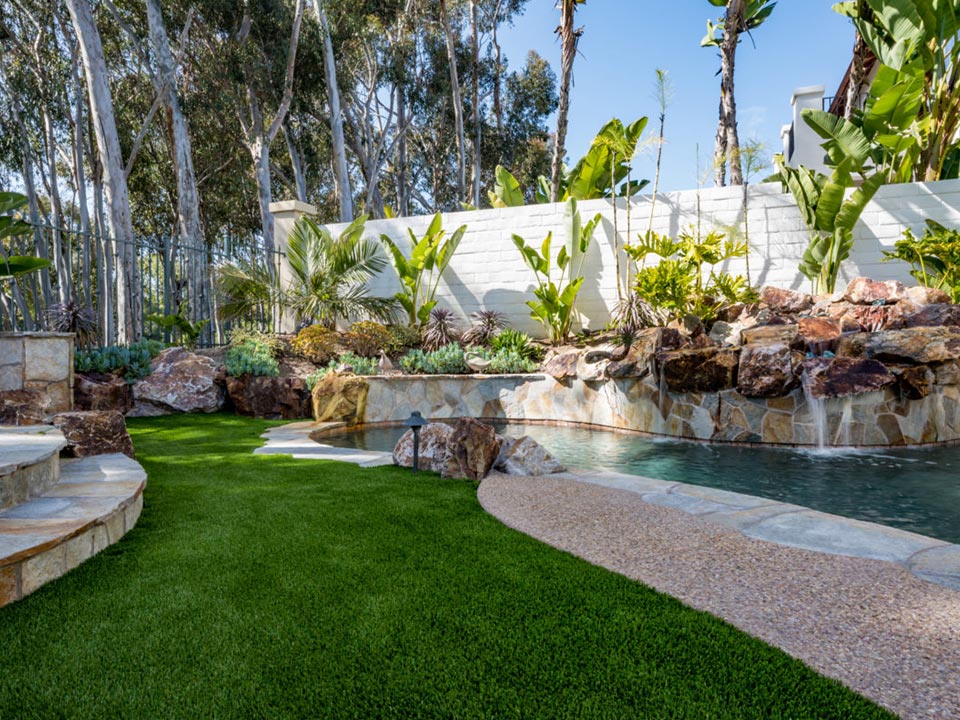Choosing between natural grass and artificial turf for your backyard can impact the environment in various ways. While both options have their pros and cons, artificial turf is often considered more environmentally friendly for several reasons:

Reduced Water Usage:Natural grass lawns require significant amounts of water to stay green and healthy, contributing to water scarcity issues, especially in arid regions. Artificial turf, on the other hand, doesn't need regular watering, leading to significant water savings.
Lower Pollution Levels:Maintaining a natural grass lawn involves using gas-powered tools like lawnmowers and leaf blowers. These tools emit pollutants and contribute to air and noise pollution. Artificial turf eliminates the need for frequent mowing and reduces pollution associated with lawn maintenance.
Decreased Pesticide Use:Traditional lawns often require pesticides to control pests and insects. These chemicals can have adverse effects on the environment, wildlife, and human health. Artificial turf generally doesn't require pesticides, creating a safer environment for pets, children, and local ecosystems.
While natural grass has its benefits, such as oxygen production and providing a habitat for various organisms, the environmental advantages of artificial turf, particularly in water conservation and reduced chemical use, make it a preferred option for those looking to minimize their ecological impact.
It's essential to weigh the specific environmental considerations based on your location, water availability, and maintenance preferences when deciding between turf and grass for your yard.
